Hi!
i hope I am posting this in the correct area. i know there was some earlier talk about JM Insurance. I finally received my appraisal today. I asked my jeweler for a non inflated appraisal, so he gave me one for the purchase price which has significantly brought down my premium
Will I regret not getting insurance for the retail price? Or does it not really matter since they try to find you a comparable diamond versus the actual price anyway? A little worried as I think I got a "pretty good" price on my diamond and don't want to end up with a crap one if I lose it.
Side Note: I lose EVERYTHING (like one iphone a year ). It's one of my weaknesses in life. I tend to be a bit flighty and am working on it. My fiance thinks it really is more than likely I will lose my ring at one point (even though I am going to try the hardest I ever have to be very aware and try to prove him wrong).
i hope I am posting this in the correct area. i know there was some earlier talk about JM Insurance. I finally received my appraisal today. I asked my jeweler for a non inflated appraisal, so he gave me one for the purchase price which has significantly brought down my premium
Will I regret not getting insurance for the retail price? Or does it not really matter since they try to find you a comparable diamond versus the actual price anyway? A little worried as I think I got a "pretty good" price on my diamond and don't want to end up with a crap one if I lose it.
Side Note: I lose EVERYTHING (like one iphone a year ). It's one of my weaknesses in life. I tend to be a bit flighty and am working on it. My fiance thinks it really is more than likely I will lose my ring at one point (even though I am going to try the hardest I ever have to be very aware and try to prove him wrong).

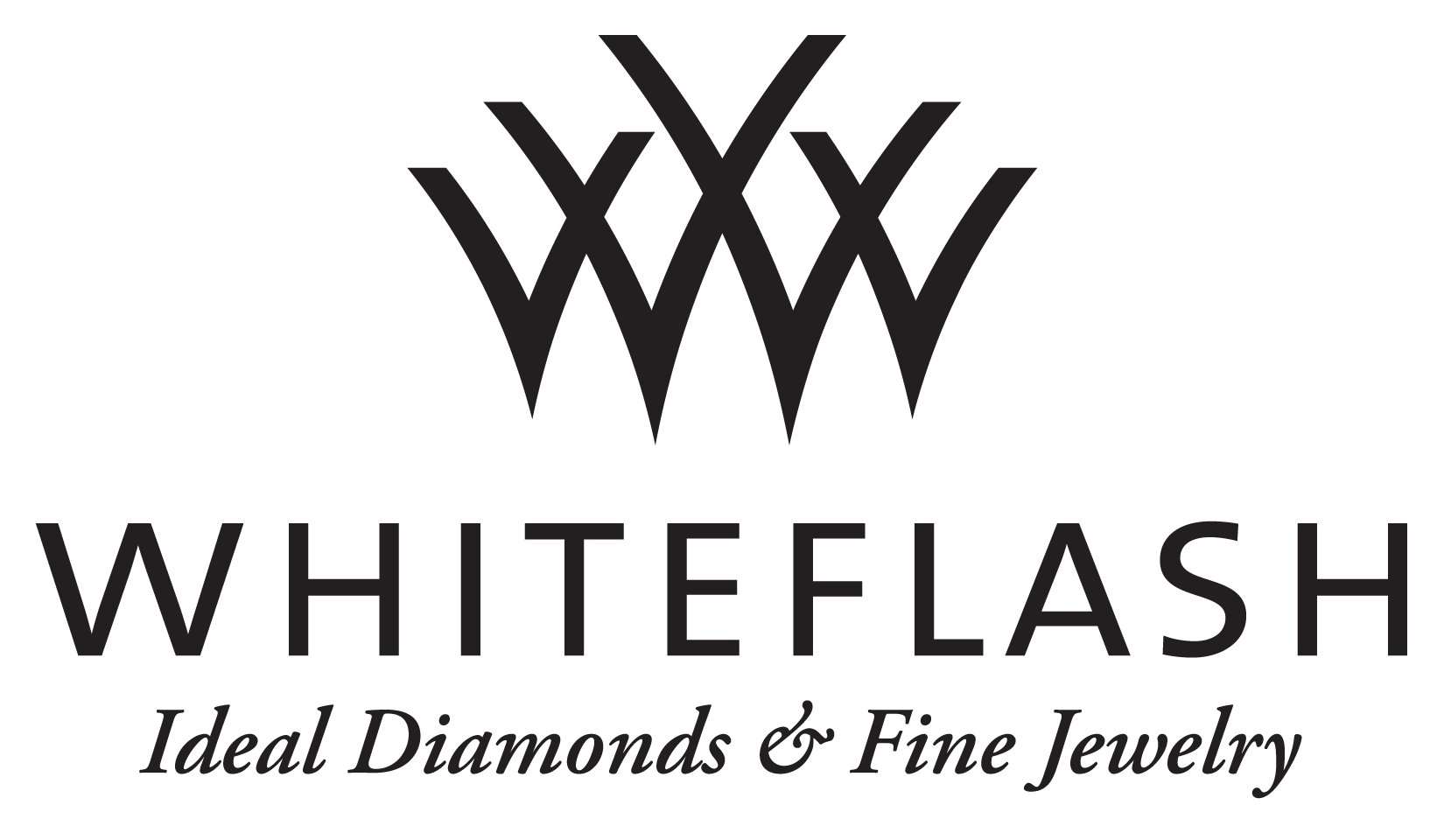
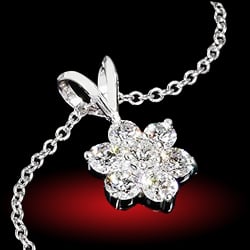
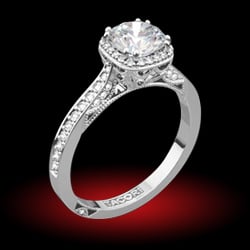
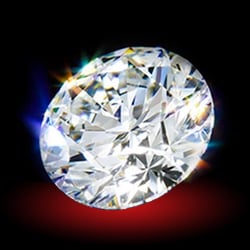
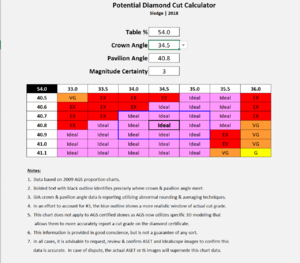
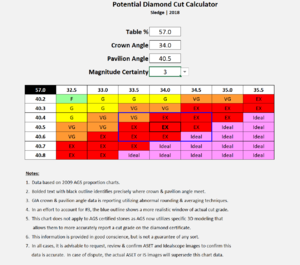


300x240.png)